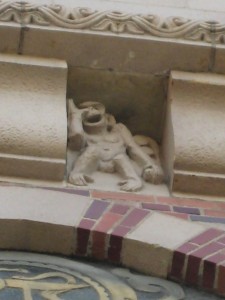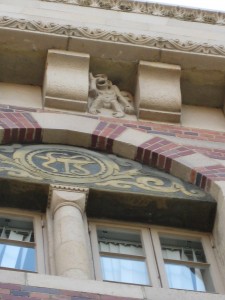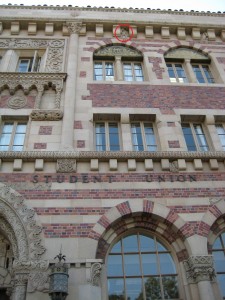Big Liz
Some place in Maryland dont ask me where, I dont know theres this bridge where the story of Big Liz takes place. She was a slave girl during the Civil War and she would deliver like supplies to the like Confederate troops for her master like told her to do this. But she secretly helped the Union soldiers by telling them where the supplies were like gonna go so they could like steal them. So her master found out about this and wanted to kill her and so his plan was that he had a lot of money he wanted to hide like in case the Union soldiers took over his plantation. And so he brought Liz with him to go bury the money in this swamp like on the plantation. So he made her like bury it and right after she finished burying it he chopped her head off with a knife and he left her there and no one else like knew that she died or where the money was. And he ended up being killed during the war. And so, again, no one knew where the money was. So in order to go find the money you go to the bridge and you park on it and turn off your car, honk your horn three times and then wait and then your car wont start and then Big Liz will appear like holding her head in her hands and she will lead you to where the money is hidden if youre brave enough to go with her.
Jill heard this legend from her friends family when she was around the age of ten to twelve. They all lived at Frederick, Maryland, which is located about forty-five minutes away from Gettysburg and there are places related to the Civil War all around them such as museums and battlefields. Therefore, there were also numerous stories and legends revolving around deaths during the war including the deaths of slaves, plantation owners, and soldiers. She believes that the reason the location is that particular bridge is because the swamp in the story is supposed to be under or close by that bridge. She also mentioned that the bridge is probably an easier place for people to find instead of looking for a side of a street. Also, she added that bridges are scary.
However, Jill does not believe this legend of Big Liz. Yet, like the definition of legends suggests, the story of Big Liz invites discussions of belief. Many people around that area do believe that the story is true. Jill briefly retold a story about her friends parents playing a prank on the children relating to this story. Jill explained that her friends family and some of their friends were in the car one day and the parents pretended that the car would not start on the bridge. Then, the parents had someone run at the car and hit the window to scare the children. This all occurred right after the parents had told the legend to the children. The legend of Big Liz is terminus post quem of the Civil War.



